Table of Contents
Located in Shimosaka-cho, Mizuho Ward, a residential area a little east of Meitetsu Horita Station. "Dalat Marimura" is a shop where the Vietnamese flag of red and yellow stars sways.


The white walls and natural wood grain of the restaurant's interior are a perfect match. The rattan baskets, local newspapers, wall decorations, and other Vietnamese touches blend in, making you feel like you are visiting a friend's house in a foreign country. It feels like a little trip to a foreign country, especially now that it is so difficult to go abroad due to the pandemic.


Red with gold thread is auspicious. Vietnamese New Year decorations.

The shelves lined with Vietnamese ingredients are like a small market.

Vietnamese ace cook instant noodles "Hao Hao"

The Vietnamese newspaper is used as an accent for the wallpaper.

Ms. Tao Takatsuki, owner of Dalat Marimura.
The owner, Tao Takatsuki, is from Dalat, Vietnam. Dalat is a plateau area about 300 km from Ho Chi Minh City. According to Tao, the image of Dalat is of a place like a summer resort close to Nagano.
Vietnamese cuisine is often compared to Thai cuisine, and it is common to use fish sauce (called "nuoc mam" in Vietnamese cuisine) and herbs, but the taste is not as spicy as Thai food and has a gentle, mild flavor. It is also a great choice for those who do not like overly spicy ethnic food, and because it uses a lot of vegetables, it is a very healthy dish.
There is also a difference in taste between the north and south of Vietnam. Compared to the north, which has a strong taste, the south, where Tao was born and raised in Dalat, is characterized by a light sourness and sweetness.
Dalat Marimura is a restaurant where you can enjoy the authentic taste of this southern part of Vietnam.
Let's take a look at some of the popular menu items.
Lunch with a choice of rice-flour noodles, spring rolls, and more,
and locally loved snacks.


Start with the most popular lunch set.
Vietnam is currently the world's second largest rice exporter after India, surpassing Thailand. For Japanese people, the image of rice is simply cooked rice as it is, but in Vietnam, there are various arrangements such as crushing it into powder and making it into noodles, rice vermicelli, crepes, and spring roll wrappers.
At Dalat Marimura's lunch, you can enjoy various "faces" of such rice. Because it is based on rice, it is gluten-free and safe for people with allergies.
The main menu is as follows
Pho (flat noodles made with rice flour)
Bunted Nun (mixed noodles without soup)
Banh Mi (French bread sandwich)
Banh Xeo (rice flour crepe with ingredients)
Banh Kwong (steamed spring rolls)
Banh Hoi (rice vermicelli)
Chicken Steamed Rice
You can choose from among them, and each comes with either fresh spring rolls or fried spring rolls and a salad.

There are so many different types that it can be hard to choose, but this time I chose the Bunted Nun set (1,150 yen).
Rice flour rice vermicelli topped with pork grilled in a salty-sweet sauce. It is to be mixed with nuoc mam (fish sauce)-based sweet and sour sauce (center of photo) with vegetable and lime flavor. The aroma of nuts is an accent, and it seems that you can eat as much as you want.
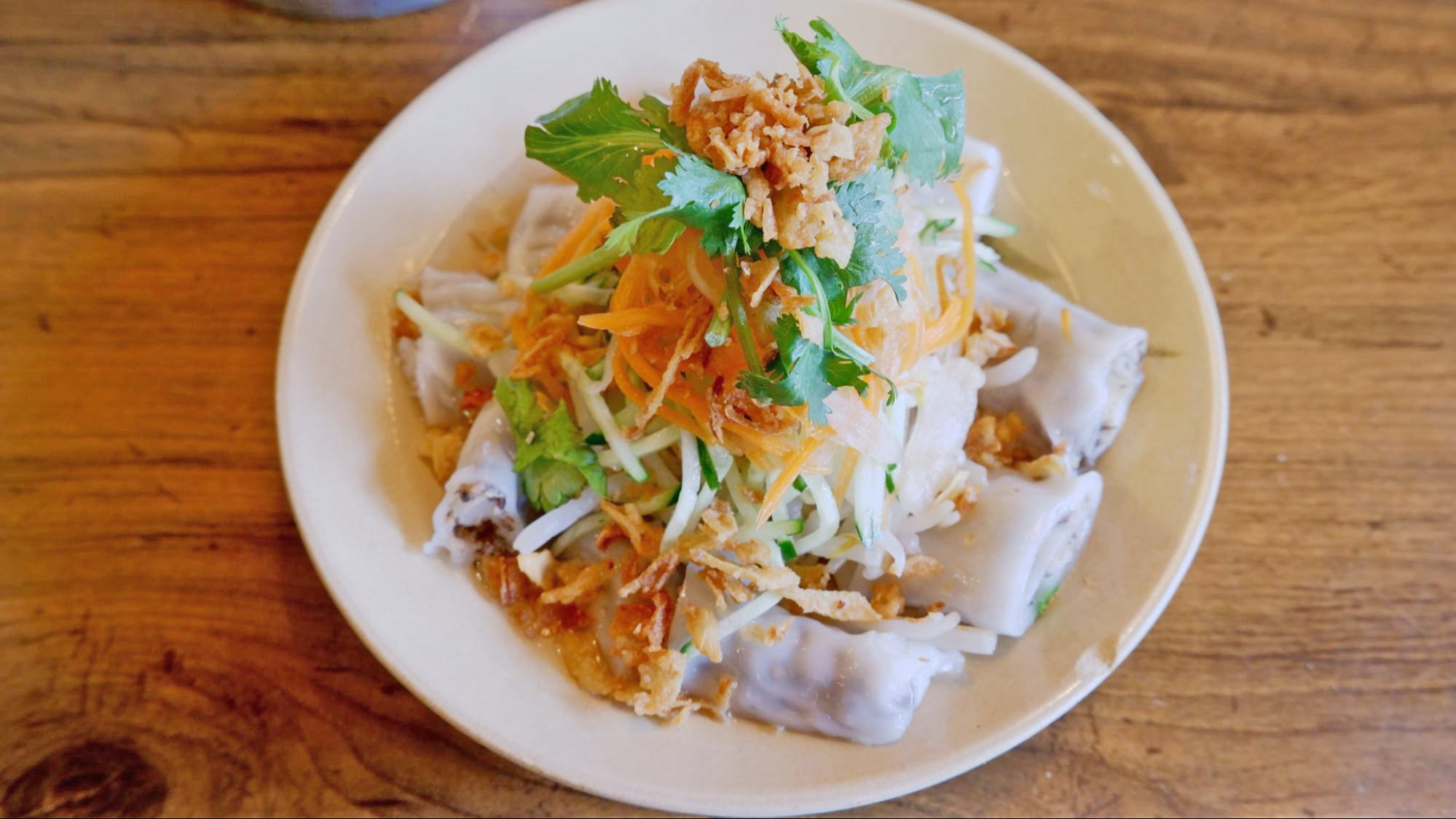
Bain Quong single item 800 yen Lunch set 1,100 yen
Vietnamese spring rolls include raw, fried, and these steamed spring rolls (bain quong). The slightly elastic texture is enjoyable. The sweet and sour sauce makes the meal go down a treat.

If you like spicy food, add the chili sauce on the left. Sweetness, sourness, and spiciness are also delicious.

They also sell rice flour-based pho, rice vermicelli, and rice paper.


Baked rice paper 550 yen
Baked rice paper (Ban Chan Nung), a popular street snack in Vietnam, originated in Dalat. Rice flour batter is spread thinly, topped with eggs, cheese, green onions, meat, mayonnaise, and chili sauce, and served hot from the oven.
The crunchy texture is lighter than crispy pizza, and the nostalgic taste of okonomiyaki is irresistible. It's also perfect for beer snacks. I was already full, but I ate it all in no time.

Che single item 450 yen Lunch set 200 yen
Speaking of representative of Vietnamese sweets, "Che". It is eaten with ingredients such as sweet boiled beans, potatoes, agar and fruits. The summer version of Che is served with crushed ice and syrup, and it tastes like crispy shaved ice. In winter, it will be arranged like a warm zenzai.

Vietnamese coffee 450 yen
Vietnamese coffee is made by pouring condensed milk into strong bitter coffee made with a unique filter called "Cafe Fin". It's a dessert-like coffee where you can enjoy bittersweetness and sweetness.
In addition, there is a morning breakfast set, and you can add a Banh Mi to your drink for an additional 200 yen. (+100 yen for half size)

The bread used in Banh Mi has a fluffy texture on the inside. At a nearby bakery, Tao happened to find something just like her image.
The dishes at Dalat Marimula are not only delicious, but also leave a lasting impression on the palate, leaving one with the feeling of wanting to try them again.
I often hear that "Vietnamese food suits Japanese tastes", and 90% of the customers at Dalat Marimura are Japanese. It also makes sense that there are many repeaters who have spread through word of mouth.
The DNA of Vietnam and Japan is included in the name of the restaurant.

The name Dalat Marimura sounds a little strange.
This is a combination of the name of Tao's hometown Dalat and the coffee shop "Marimura" where Tao's husband's mother was operating.
Tao: "I originally came to Nagoya as a trainee for a Japanese company, and I met my husband. At first, I was busy raising my children and didn't think about working, but I loved the atmosphere of Marimura. There is a small window in the store, and I thought I would like to sell my Bahn Mi there. Then my mother in law decided to close the shop, so I decided to open my own shop."
It wasn't located in a prominent location facing the main street, so at first she thought there wouldn't be many customers, but the number of customers increased steadily through neighbors, friends, and online word of mouth. I has became very busy.
However, early this year, they had to move out due to the deterioration of the building.
Tao: "I was in a hurry to find a new place when the owner of my favorite cafe near me was moving, so the timing was perfect."
The name of the restaurant, which has the DNA of Vietnam and Japan, was kept as it was, and it was reopened at the current location in February.


The interior was all handmade by Tao, making the most of the interior of the cafe she loved. The dried flowers scattered around the restaurant are the many bouquets of flowers that customers gave them when they relocated and have been carefully preserved.

The display shelf is decorated with coasters, Vietnamese coffee filters, and a wreath.

Baskets of various designs are arranged in a tapestry style.

A space decorated with miniatures that will make you smile.

The restaurant has been expanding through various connections that connect the hometown of Vietnam and Japan. The cooking classes (held on Mondays and Thursdays, reservations required) which started at the request of customers, are also very popular.
“I would be happy if customers could relax and enjoy delicious food,” says Tao. I feel that the secret that attracts so many customers who want to come again is not only the deliciousness of the food, but also Tao's thoughts and the gentle atmosphere that flows through the restaurant.






![[World Trip in Nagoya] Asian Dishes Specials](https://life-designs.jp/wp/wp-content/uploads/2021/07/AsianGourmet-1024x580.jpg)
![[Midori-ku, Nagoya] "bb.q Olive Chicken Cafe", a Very Popular Korean Chicken Restaurant!](https://life-designs.jp/wp/wp-content/uploads/2022/04/068faf64ff15c9a7a524064d43fb938d-615x492.jpg)






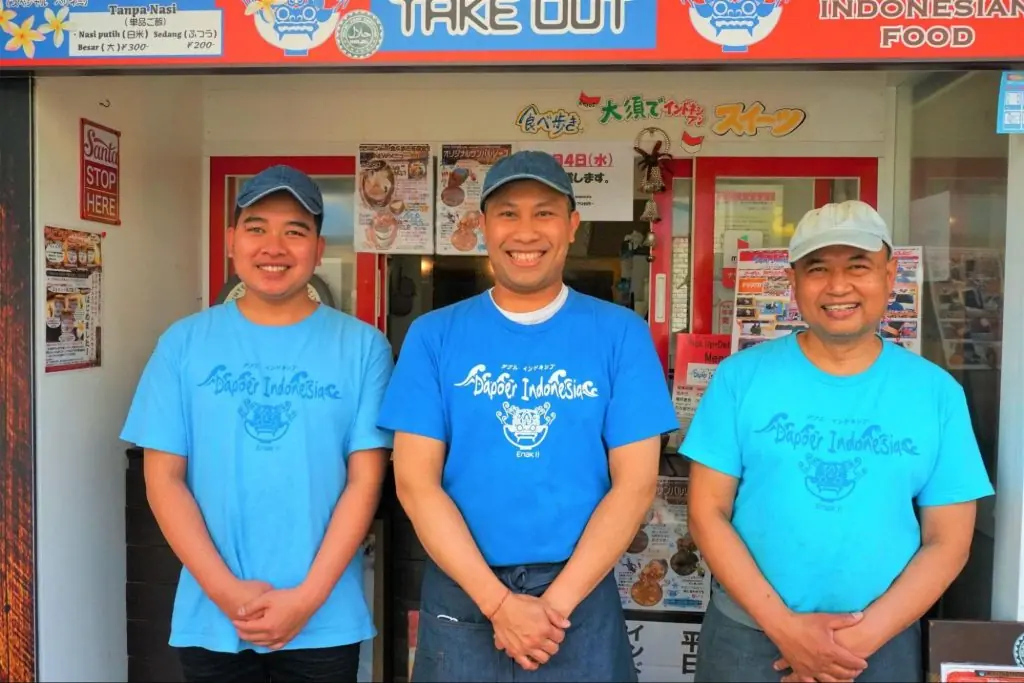
![[Nagoya] ERICK SOUTH KITTE Nagoya, The Perfect Place to Eat South Indian Cuisine (Meals, Dosa, Sambal, Vadai, Uppuma)](https://life-designs.jp/wp/wp-content/uploads/2022/02/image4-6-1-1024x683.jpg)
![[Showa-ku, Nagoya] Authentic Sri Lankan Cuisine "MEALS & ROTTI by PAHANA"](https://life-designs.jp/wp/wp-content/uploads/2022/02/image1-11-1-1024x683.jpg)
![[8 selection] Imported Food Stores in Nagoya! Enjoy a Deep, Exotic Atmosphere!](https://life-designs.jp/wp/wp-content/uploads/2022/10/image38-1024x683.png)

![[Indoor Facilities] Where to Go on Rainy Days in Tokai Area! For Family Outings!](https://life-designs.jp/wp/wp-content/uploads/2023/07/FotoJet-23.jpg)





![[Sauna Specials] Feel Revitalized in Sauna!](https://life-designs.jp/wp/wp-content/uploads/2021/07/Sauna-768x435.jpg)
![[Special Feature] Enjoy Outdoor Activities!](https://life-designs.jp/wp/wp-content/uploads/2019/12/LD_banner_w1920x1088_outdoor-1-768x435.jpg)
![[Nagoya-meshi] Nagoya's Speciality Dishes](https://life-designs.jp/wp/wp-content/uploads/2022/06/5ba2ca8c038fd4af7527bc0826367cfb-1024x580.png)
![[Tokai Area] Scenic Spots which You'll Never Forget](https://life-designs.jp/wp/wp-content/uploads/2019/12/LD_banner_w1920x1088_prospect-1-1024x580.jpg)
![[Enjoy Kuwana! ] From Classic to the Latest Spots](https://life-designs.jp/wp/wp-content/uploads/2022/11/Kuwana_w1920x1088-1-1024x580.png)




















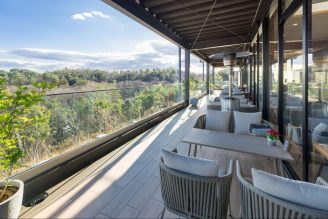










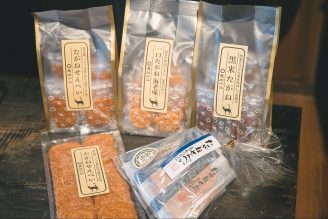










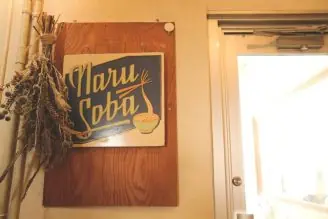




![[28 selections] I want to get it when I go to Ghibli Park! Recommended goods & souvenirs (Ghibli’s Grand Warehouse edition)](https://life-designs.jp/wp/wp-content/uploads/2023/07/07bb34f30842ccc4c6412fc060e1966c-1024x683.jpg)

![[9 Selections] Summary of Retro Coffee Shops in Nagoya](https://life-designs.jp/wp/wp-content/uploads/2021/11/image1-30-1024x683.jpg)
![[10 selections] Recommended for Girls' Trip from Nagoya! Special feature on Hotels and Inns](https://life-designs.jp/wp/wp-content/uploads/2022/11/FotoJet-1-1024x768.jpg)
![[20 Selections] Nagoya Souvenirs: Non-Sweet & Recommended Snacks Available at Nagoya Station](https://life-designs.jp/wp/wp-content/uploads/2025/07/image3-2-1024x683.jpg)
![[Within 2hrs by Car] 12 Outing Areas where You can Go on a Day Trip from Nagoya!](https://life-designs.jp/wp/wp-content/uploads/2023/07/odekake12_w1200h900_20240422-768x576.png)
![[Aichi, Gifu, Mie] 30 Family-Friendly Spots to Go in Winter!](https://life-designs.jp/wp/wp-content/uploads/2019/12/image21-1-150x106.png)


![[14 Selections] Recommended spots to spend the weekend in Kakuozan area of Nagoya](https://life-designs.jp/wp/wp-content/uploads/2022/07/Kakuozan-spot_w1920h1088_240605-328x186.png)
